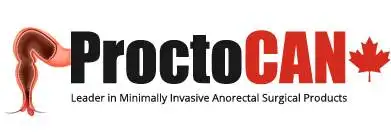Symptoms & Diagnosis Of Hemorrhoids
What are hemorrhoids?
Firstly, all that hurts and bleeds from the anus may not be hemorrhoids. You may have a fissure, which is a tear and is treated medically, often over 2-6 months. Confusing things further, a sentinel skin tag (marked with a black arrow below) can make it seem that it, and NOT the nasty tear that lies behind is causing the pain. It is NOT a hemorrhoid. Usually keeping the stools soft with fibre and stool softeners is all that’s required to fix it.
Even more rarely, you may have a fistula if you have a painful lump or hole (usually 1cm or more away from the anal opening itself) and now drains blood or pus intermittently through these tunnels marked in blue here:


Most times we can open up a superficial fistula with a fistulotomy but cannot with the deeper ones (b-e). These require more complicated surgical care. Luckily Type A is more common, beginning for some unknown cause in the deep glands of the anus. Sometimes this can result from surgery as a complication, without meaning to.
Hemorrhoids, commonly also called piles, are symptomatic anal cushions, i.e., dilated blood vessel channels in the anal canal, being the most common cause of bleeding through the anus and are due to downward sliding of anal cushions abnormally due to various causes (Most commonly due to straining and loss of elasticity, as a result of childbirth or constipation).
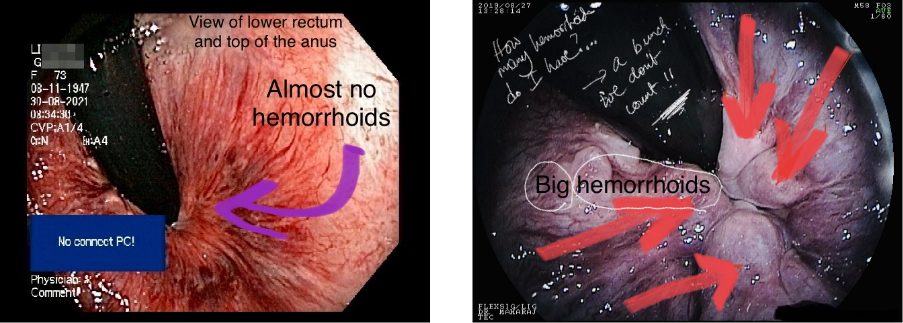
This is common complaint with over half of all of us suffering from hemorrhoid pathology at some time in our lives and as many as 25% chronically suffering.

Common Symptoms of Hemorrhoids
The majority of patients may be with symptoms for a long time unless they notice:
– Bleeding – Most common / maybe the 1st symptom.
– Splash in the pan (bright, fresh red)
– Dripping in the toilet
– On wiping after passing stools
– Bleeding during defecation
– Pain during or after bowel movements / during defecation (pain may be due to prolapse (always try to push it back in) or secondary Infection or spasm)
– Anal itching (Pruritus)
– Perianal dermatitis (rash)
– Prolapse during walking/straining /extreme physical activity
– Mucoid discharge through the anus
– Extreme / Acute Pain when thrombosed
The patient may present with signs and symptoms of anemia due to constant blood loss (such as easy fatigueability/breathlessness/tiredness/palpitations)
They may also present with symptoms of infection (fever/chills etc.,)
What Causes Hemorrhoids?
Constipation and Childbirth are primary causes for hemorrhoids. Lifestyle changes and diet help decrease symptoms. Hemorrhoidal disease stems from abnormal vessels called myofibrotic malformation vessels (MMVs). Surgery treatment usually targets these vessels for treatment.
Common causes of hemorrhoids include:
– Pregnancy
– Constipation
– Prolonged sitting/standing; lifting heavy weights
– Chronic diarrhoea
– Irritable bowel syndrome
– Low fibre diet
– Fatty / fried food intake
– Portal hypertension (Liver disease)
– Any mass inside the abdomen { which increases intra abdominal pressure}
– Familial or Genetics (Asians are highly prone)
– Colon carcinoma (cancer)
– Any rectal mass
– Loss of Rectal Tone
– Spinal Injury
– Episiotomy during delivery
– Rectal surgery
– Anal sex (Intercourse)
Different Types of Hemorrhoids
According to the position and origin including, your doctor may classify the severity of your internal hemorrhoids clinically as:
Internal Hemorrhoid
1st Degree
Hemorrhoids that may bleed but doesn’t come out
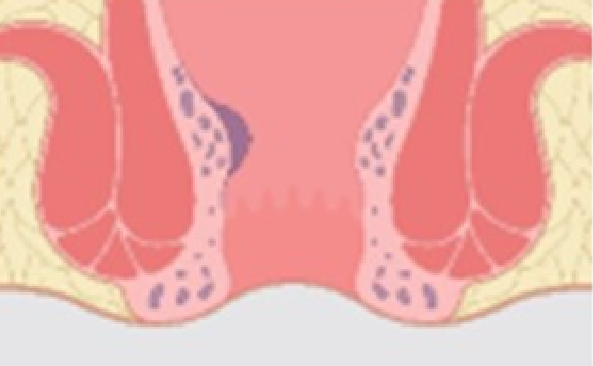
2nd Degree
Piles that swell and prolapse during defecation {passing stools} but goes back inside on its own
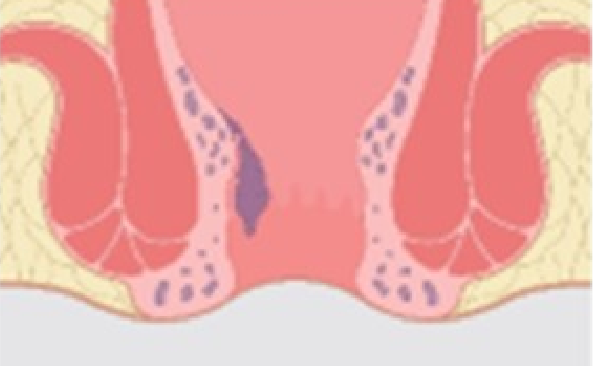
3rd Degree
Piles prolapsed can be reduced/replaced by pushing back inside stool passage.
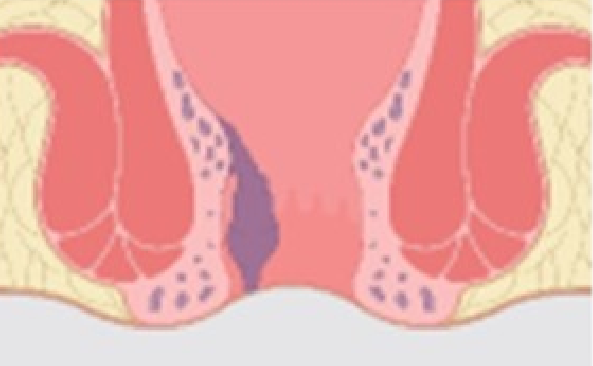
4th Degree
Permanently prolapsed hemorrhoids. They don’t stay inside when you try to push it back in.
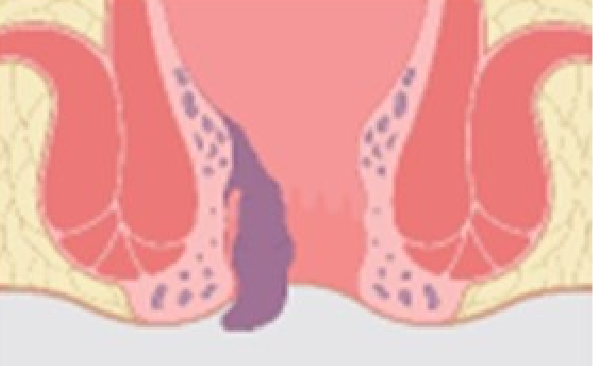
External Hemorrhoid
External (skin tags) 95% of the time are right next to internal hemorrhoids that caused them. These are usually just excess skin. Hemorrhoids that arises as a result of intermittent internal hemorrhoidal swelling. It presents as prolapsed Hemorrhoids but usually asymptomatic unless secondarily thrombosed. It may also present as a skin tag. External hemorrhoids can also be highly vascular versions of the same type as internal. These cannot just be treated simply by snipping them off. They respond well to laser without cutting. They will just come right back.
Prolapsed Hemorrhoid
This hemorrhoid can protrude and shrink intermittently, resulting in prolapsed hemorrhoids, hence require medical attention as soon as possible; delays can cause them to scar and be fixed externally, making cutting surgery much more likely.
Thrombosed Hemorrhoid
Any prolapsed or external Hemorrhoids may get thrombosed as a result of straining during defecation/ extreme physical activity or without cause. Patient presents with acute onset of Anal pain. (A blood clot can turn external normal skin colour Hemorrhoids into Purple/ blue with severe pain). Rarely the bleeding can occur within internal hemorrhoids.
Bleeding Hemorrhoid
Swollen thromobosed hemorrhoids may rupture, resulting in bleeding hemorrhoids. Bleeding can be a sign of polyps, diverticulitis and cancer higher up in the rectum or colon. DONT ASSUME THAT BLEEDING ONLY COMES FROM HEMORRHOIDS!!!
Treatments of Hemorrhoids
Treatment options for Hemorrhoids are mainly based upon the clinical features and degree of Hemorrhoids as diagnosed by your consultant surgeons. Your doctor may treat you conservatively with various lifestyle modifications and medical methods.
Lifestyle modifications (Mostly for Grade 1)
– Home remedies – dietary changes such as high-fibre diet & less fatty/fried items
– Sitz bath [Warm water with Epsom salts works more for hemorrhoids that swell to the outside]
– Use of laxatives to treat constipation
– Use of stool softeners
– Local analgesic/anti-inflammatory application (suppositories/creams/oils)
– Proper Anal hygiene
Minimally invasive Procedures
– Injection sclerotherapy (rarely offered, not offered in ProctoCan)
– Rubber band ligation (poor response rates/high residual disease. OHIP covered)
– Cryotherapy (stops surface bleeding only)
– Photocoagulation (Infra red coagulation; rarely offered; Stops surface bleeding only. Not offered at ProctoCan )
– Laser therapy (ProctoCan is the first clinic in Canada to offer it)
– Lord’s dilatation of anal sphincter (temporary. OHIP covered)
Surgical Treatment for Hemorrhoids
Higher degrees of piles / Prolapsed hemorrhoids require surgical management
– Laser Treatment
– Radiofrequency ablation (OHIP covered, not offered at ProctoCan)
– Hemorrhoidectomy – Ligation and excision of piles. Sometimes through the scope at times of your assessment. (Only so much cutting is possible; Dr. MAHARAJ pioneered technique).
– Endoscopic Hemorrhoidectomy
Surgical treatment for piles is indicated in the second through fourth-degree piles / second-degree piles that could not be cured by conservative methods. Almost all hemorrhoid disease slowly progresses over time.
When to see a doctor?
Many hemorrhoidal symptoms go away in a few days – from 48 hours to 72 hours. Taking home remedies such as eating fiber-rich food, taking hot showers, pushing hemorrhoids back in, Sitz baths and using medicated suppositories can help.
Contact your doctor if you have symptoms that don’t disappear permanently:
– bleeding, swelling, pain, itching and leakage
– tenderness and any painful lump
– you have prolapse
